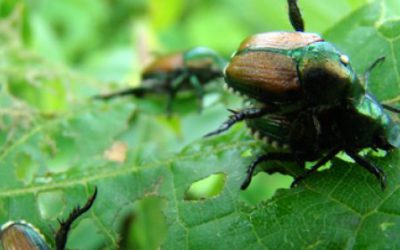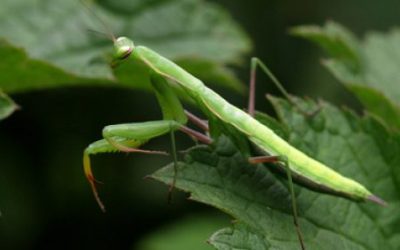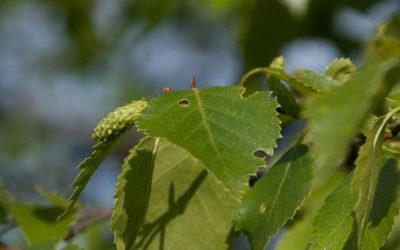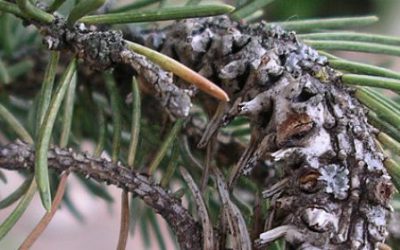Chinch Bug Control

Chinch bugs are turf pests that damage grass plants by sucking juices out while injecting toxic fluid into the blades. Chinch bug damage appears in early summer when temperatures have reached 75 degrees or above for several days. This heat causes the eggs that have been dormant all winter to incubate and hatch. Higher soil temperatures near driveways and walks may cause the eggs in that area to hatch earlier than they would in other areas of the lawn.
Turf grasses cannot survive heavy damage from chinch bugs. It is very important, therefore, to treat as soon as there is evidence of chinch bug damage. This damage will appear as a browning in the warmer areas of the lawn. Very often the damage is simply mistaken for dryness. To confirm the presence of chinch bugs in a suspected area, remove both ends from a metal can and force it into the ground at the edge of the affected area. Gradually fill the can with water. The chinch bugs will let go of the grass and float to the top. They will be no larger than about 3/16″ in length.
Where only a small area is to be treated, a spray of Bonide Eight will be effective. If the problem is more widespread, the application of Bayer Granular Multi Insect Killer will be most effective. If the damage is severe, the area should be given a feeding if it has not been fed within the previous four weeks. In either situation, a thorough watering should follow the treatment.
Chinch bugs in the Capital District area can reproduce three or four times in a season with a mature female laying 20 or so eggs a day for approximately 25 days (500 eggs!). As with so many insect pests, early detection and treatment will prevent both frustration and expense later on.







Recent Comments